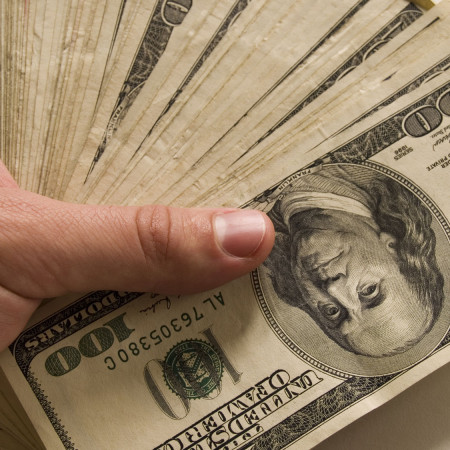The Federal Reserve has injected trillions of dollars into our economy, with only tepid stimulus results. Come fall, it will scale back funding. What does this mean for your business?
Will the End of the Economic Stimulus Hurt Your Business?
Federal Reserve Chairman Ben Bernake and the Board of Governors have a huge problem on their hands. Since the depths of the financial crisis, they have been looking for ways to stimulate the economy just enough so we have companies willing to hire, consumers willing to spend and a government with a manageable deficit. Despite trillions of dollars in stimulus, the economy is just barely improving. The Federal Reserve needs to decide if we can afford more of the same or if it’s time to start tapering off the economy’s addiction to stimulus before the Central Bank is completely tapped out of resources and credibility.
A Primer on the Fed
The Federal Reserve is the Central Bank of the United States and it, in effect, sets the level of interest rates in the economy. The goal of the Fed is to ensure that interest rates remain low enough for companies and consumers to be attracted to borrowing money but not so low that reckless borrowing spreads like a virus.
The Federal Open Market Committee (FOMC) at the Fed first decides on a “sweet spot” for short-term interest rates and then takes certain actions to achieve that goal over time. When the FOMC believes that inflation is getting too high, it sells government financial instruments known as Treasury securities to banks. Banks are happy to buy these instruments because they carry no risk and generate a modest return. The banks pay the Fed with cash. This means that buying banks have less cash available to comply with federal regulations and must go out and borrow cash from other banks. This increased demand for borrowing raises the price of money—interest rates. When the FOMC believes that the economy is at risk of high unemployment, it takes the opposite action; it buys Treasury securities from banks to give them more cash, reducing the need for inter-bank lending, which in turn lowers interest rates.
